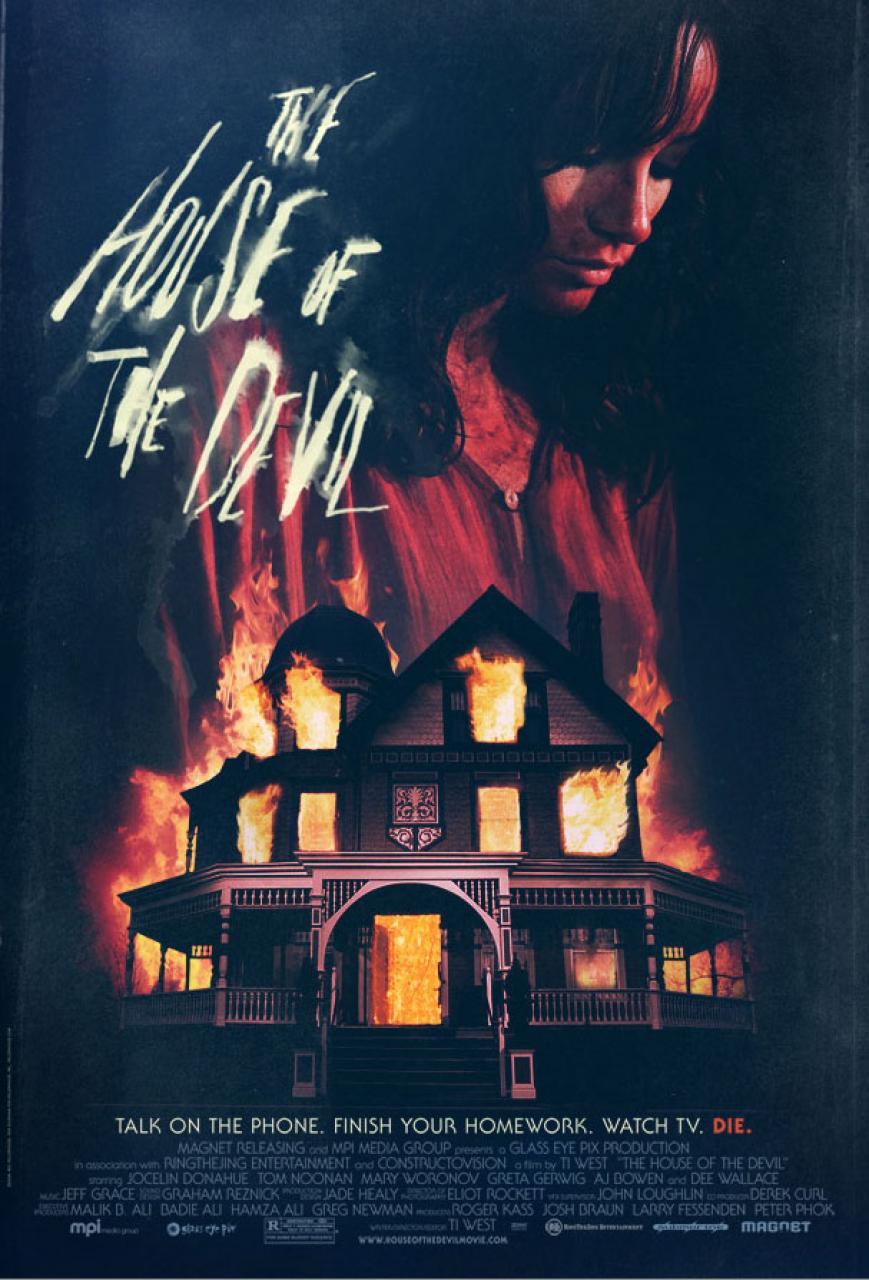Netflix Picks is a feature published the first and third* Wednesday of the month with a list of seven films currently available for streaming on Netflix and the reasons for why you should watch them.
* The regular schedule will resume by February.
The Untouchables (1987) - From the director of Scarface and Mission Impossible is this 1987 classic, a picture about the men who took on Capone. It’s the coppers, Kevin Costner, Sean Connery, and Andy Garcia, versus Robert De Niro playing the Cicero gangster himself. From De Niro’s delightfully campy performance to Connery perfectly playing a disillusioned beat cop, the cast is uniformly excellent. The prohibition era was painstakingly created, and that level of detail for the era is only matched by Sam Mendes’ also excellent Road to Perdition. Plus, the action is clear, punchy, and violent, and this lesser classic deserves to be seen and seen again.
Hugo (2011) - An unapologetic, wide-eyes open, heart on your sleeve love letter to all things cinema. It’s necessary viewing for anyone with an affection for film, filmmaking, or its cultural importance today. The core “story” is less important than its allegorical meaning, and it’s the warmest and most endearing film Martin Scorsese has ever made. It’s a personal pick for me, and the final 45 minutes are a wonder.
Memento (2001) - Christopher Nolan is quickly becoming the replacement of Steven Spielberg, a director whose name alone puts ass in seat. Memento was his golden ticket to notoriety, and it made a splash in the art house circuit at its release in 2001. It didn’t just receive ample critical acclaim, it also brought in 40 mil internationally. That’s gangbusters at the B.O. as far as art house is concerned. Its big attraction? Memento is told backwards, inverting the chronological order so the first scene in the movie’s timeline is its last and vice versa. Adding insult to injury, the main character, Lenny, can’t form new memories. It’s a dazzling display of subjective storytelling in film form and proves the narrative liberties usually only found in literature can be enjoyed equally as well in cinema.
Butch Cassidy and the Sundance Kid (1969)- As easy as it is to love, it’s even easier to sell. It’s one of the most famous Westerns ever made, but it‘s so modern in its make you’d mistake it for a contemporary actioner. It couldn’t be more fun, a lot of which is undoubtedly due to the two main characters. The title characters, Butch Cassidy and the Sundance Kid, are played by screen legends Robert Redford and Paul Newman. Their chemistry jumps off the screen, and it’s one of the great bromances of film history. It’s dangerous, irreverent, and fantastically thrilling fun.
The House of the Devil (2009)- A throwback to the horror classics of the 1980s, this slow-burn thriller is sure to conjure a sure sense of nostalgia even if you aren’t familiar with the films from which it quotes. There’s a welcome authenticity and attention to detail in capturing the decade, from the costumes, cars, and even the film. It was shot on 16mm and slightly degraded to give the picture a weathered look, which also helps set the sinister tone. It’s a blast.
Coriolanus (2011) - There’s been something of a resurgence in modern day adaptations of Shakespeare, from Joss Whedon’s Much Ado About Nothing, to FX’s huge hit Sons of Anarchy, which is a (very) loose adaption of Hamlet. Coriolanus is a startlingly brutal and provocative directional debut by the criminally underemployed Ralph Fiennes, and he spins contemporary relevance into its classic words. Whether you love Shakespeare or not, this is rousing viewing.
The Blue Angel (1930)- Angel is an underrated classic that has recently gained contemporary notice due to a well received Blu-ray release that has caused critics to rethink its importance. It’s not one of ‘those’ truly great films, but as a film concerned with the invention of sound and its affect on film as a whole, it’s fascinating. Chronicling the downward spiral of an esteemed professor, one who is symbolic of sound, it’s one of the first talkies to really analyze what sound means for the future of movies. To director Josef von Sternberg, the future looked bleak.





